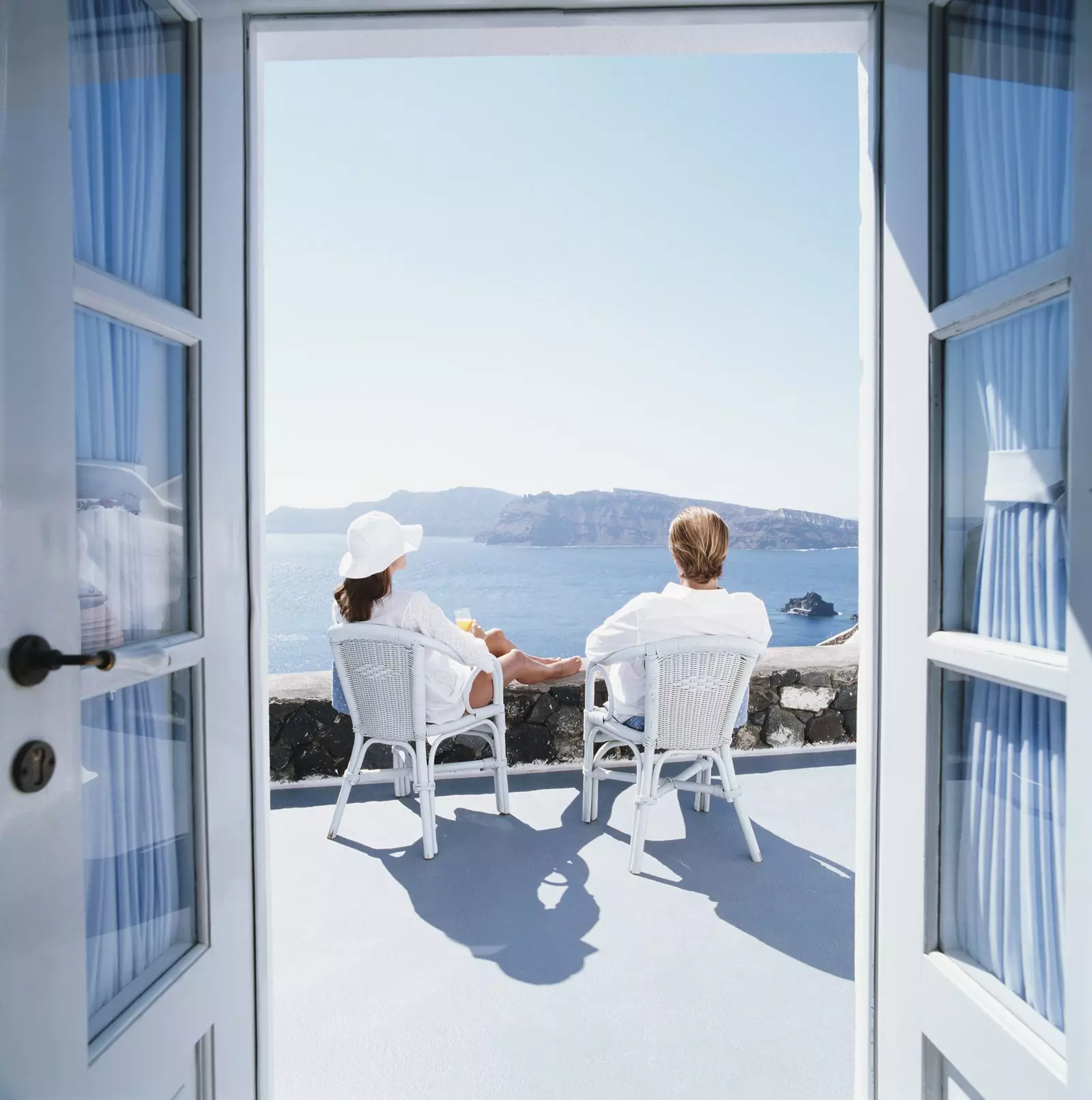
You love blue and you don't have a concrete reason
You love blue and you don't have a specific reason. You like. seduces you you please it incites you It is your favorite color and the only thing that occurs to you about it is that you have not chosen it, that it is inevitable that you love the blue color of Santorini's domes, the color of the sea and the oceans, the heron and the skies of Giotto, the color of lapis lazuli and jeans. The color of Paul Newman's eyes and Joni Mitchell's voice when he sings: “Blue. Songs are like tattoos”.
You love blue and you lose yourself in its pigment, but that enchantment, your crush, turns you into someone furiously modern. That is, in someone rabidly modern of the last centuries, because in the caves your Neolithic ancestors represented the world with the red of blood and clay. Because for the inhabitants of the Middle Ages the skies were not blue but black, red, white or gold. Because throughout antiquity only the Egyptians used it to dress (thanks to a silicate of copper and calcium ignored in medieval Europe). Because lapis lazuli mines were in the Kokcha Valley in Afghanistan and the price of indigo was somewhat exorbitant. Because it was difficult to manufacture and to master. Because For the Romans, having blue eyes was a sign of a bad life in a woman and for men, a mark of ridicule. While in the Greek texts we find vocabulary confusions between blue, gray and green.
Nevertheless, everything changed in the twelfth century, when artists begin to represent the Virgin Mary covered with a blue mantle or dress. Marian exaltation determines that only Ella deserved the most expensive pigment. And it is at that moment when it begins to become the color most desired by the aristocracy, spreading not only in stained glass windows and works of art but also throughout society: since the Virgin is dressed in blue, the king of France will also wear it. And after three generations, blue became an aristocratic fashion.
And if that was not enough, with the Reformation the value of blue experienced a new impulse, since the Calvinists considered it a more worthy color than red. The protestant palette was articulated around white, black, grey, brown... and blue. And that meant that in the eighteenth century it became the favorite color of Europeans. Romanticism will accentuate this tendency: like its hero, Goethe's Werther young Europeans dress in blue and German romantic poetry celebrates the cult of this melancholy colour.
Also, some echo of this melancholy has remained in the vocabulary, like the word blues...
Was anything else needed? You are not alone in your chromatic passion, but that does not make blue less fascinating or pleasant. Ready for a feast of blues?
